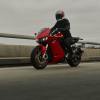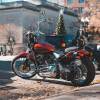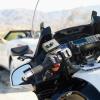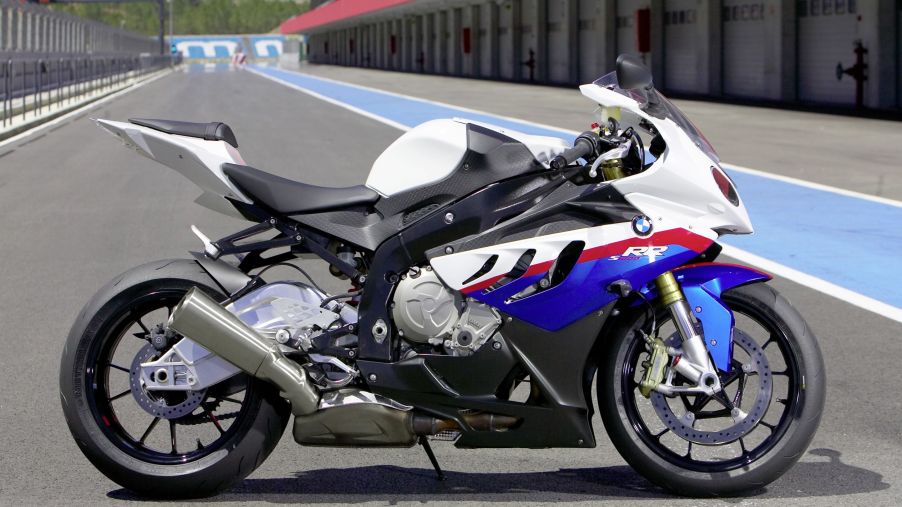
Is the BMW S 1000 RR a Reliable Used Superbike?
Looking for reliable used BMW bikes reveals numerous touring and adventure models. But those aren’t the only kinds of motorcycles that the German brand makes. For one, the R 18 lineup now includes several cruisers and a bagger. And BMW doesn’t just have a sportbike; it also has a full-on superbike, the S 1000 RR.
However, while the latest BMW S 1000 RR is fast enough to fly past 911 Turbos, not every rider can exploit all of that performance. Nor can every rider afford to pay the entry price that performance demands. Buying a used example, on the other hand, gets you almost the same level of speed for noticeably less green. But while a used BMW S 1000 RR is more affordable than a new one, will it be a reliable motorcycle?
The BMW S 1000 RR evolved from a stillborn MotoGP bike into a brand-changing, race-winning superbike
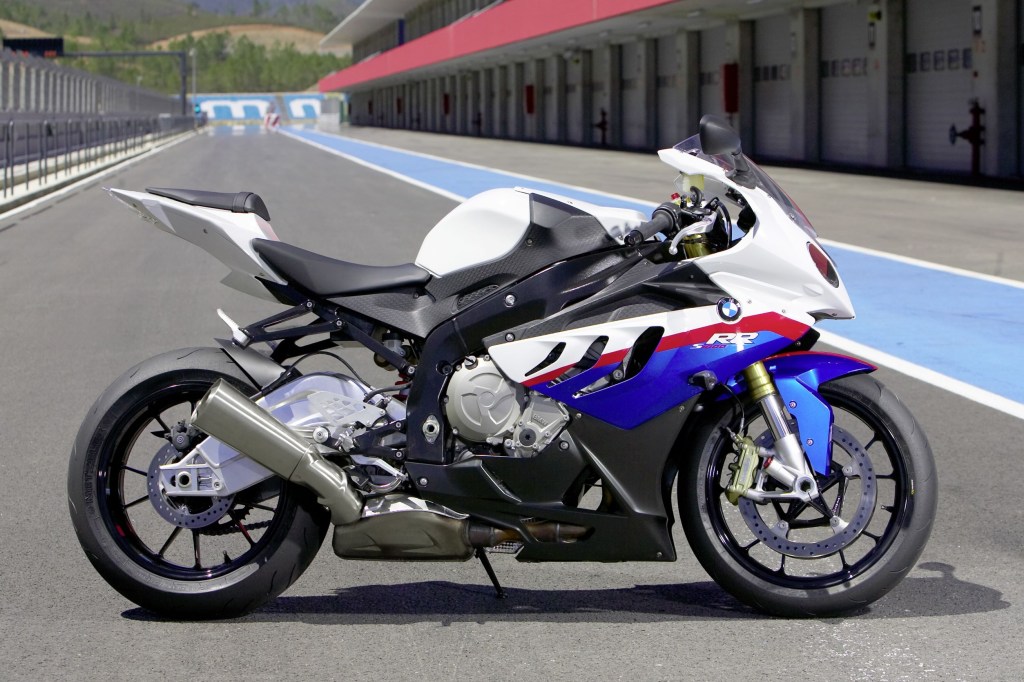
BMW has struggled with its image several times in the past. In the 1970s, it tried to shake off its ‘stodgy’ reputation with the R90S, the first sport-touring bike. And in the late 1980s, BMW tried rocking the sportbike world with the tech-heavy K1. However, by the early 2000s, most riders still thought of BMW as a touring- and adventure-bike brand, Bennetts reports.
The company’s solution was to go racing. At first, BMW tried making a World Superbike racer with the brand’s iconic boxer engine and shaft drive, but that proved nonviable. Next, it tried adapting its F1 engine tech into a MotoGP race bike. However, by the time that motorcycle was ready, BMW decided to compete in World Superbike instead, Bennetts explains.
The company had learned from its earlier attempts, though. Instead of a boxer, BMW used the then-cutting-edge Suzuki GSX-R1000 K5’s inline-four engine as a springboard. And after some development time, plus a design from Ola Stenegard, the race-spec BMW S 1000 RR debuted in 2008. Then, in 2009, the road-legal 2010 BMW S 1000 RR arrived. It came bearing a 999cc liquid-cooled inline-four engine with a six-speed manual and a slipper clutch. And the superbike has stuck with that formula ever since.
As motorcycle performance has evolved, so has the BMW S 1000 RR
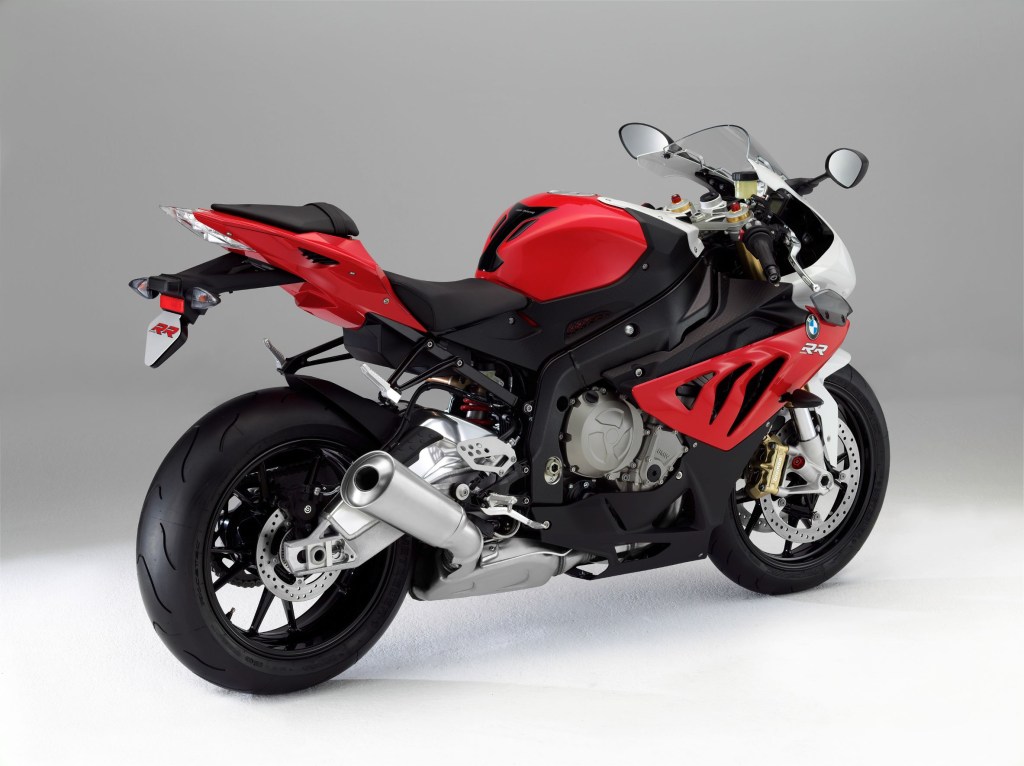
| Spec | 2010-2011 S 1000 RR | 2012-2014 S 1000 RR | 2015-2018 S 1000 RR | 2019- S 1000 RR |
| Power | 193 hp | 193 hp | 199 hp | 205 hp |
| Front suspension and travel | 46mm fully-adjustable Showa inverted fork; 4.7” | 46mm fully-adjustable Showa inverted fork; 4.7” | Optionally semi-active 46mm fully-adjustable 46mm Showa inverted fork; 4.7” | 45mm semi-active fully-adjustable Marzocchi inverted fork; 4.7” |
| Rear suspension and travel | Fully-adjustable Showa mono-shock; 5.1” | Fully-adjustable Showa mono-shock; 5.1” | Optionally semi-active fully-adjustable Showa mono-shock; 4.7” | Semi-active fully-adjustable Marzocchi mono-shock; 4.6” |
| Curb weight | 455 lbs (with Race ABS) | 450 lbs (base) 455 lbs (with Race ABS) | 450 lbs (with standard Race ABS) | 434 lbs (base) 426 lbs (with M Package) |
While the BMW S 1000 RR has consistently made 83 lb-ft of torque, its engine has gotten more powerful over the years. However, the superbike’s performance hasn’t only improved because it’s lost weight. True, the S 1000 RR “hasn’t really changed that much over the years,” MCN says. But that’s because it’s been on the cutting edge of motorcycle tech since its inception.
For example, the first-gen BMW S 1000 RR was one of the first production bikes to offer an optional factory quickshifter. It also had features like multiple riding modes as well as optional adjustable ABS and traction control. Back in 2010, this made it “a genuine revolution,” Bennetts notes. And it immediately won Cycle World’s Best Superbike Award and Motorcyclist’s Best Motorcycle of the Year Award.
Later generations added to the tech fest. For the second-gen S 1000 RR, BMW tweaked the suspension geometry and improved both ride quality and handling, MCN reports. The second-gen superbike also has better power and torque delivery, improved traction control, and rear-wheel-lift control. Also, a 10-way steering damper, new rear sprocket, as well as optional heated grips, cruise control, and a GPS datalogger.
Those last three features were also optional on the third-gen S 1000 RR, as well as LED turn signals, launch control, more riding modes, and a pit-lane speed limiter. The electronic quickshifter was also upgraded. But these paled in comparison to the superbike’s newest option, electronically-controlled semi-active suspension, CW says. This suspension became standard on the fourth-gen BMW S 1000 RR, which also swapped the previously-standard Brembo brakes for “friendlier” Hayes discs, MCN reports. And the updates to the chassis and suspension geometry made the superbike even easier to steer and corner.
What kinds of problems can used BMW S 1000 RR motorcycles have?
While many classic BMW motorcycles have stalwart reputations, it’s worth remembering that durability and reliability aren’t synonyms. And given that a used BMW S 1000 RR is still a superbike, its maintenance needs tend to be more frequent and expensive. Not necessarily because it’s unreliable, but because it’s a high-performance machine. With proper maintenance, second S 1000 RRs can be reliable, especially in the engine department, Motorcyclist says.
That being said, there are some problem areas to look out for when shopping for a used BMW S 1000 RR. This is especially critical if you’re buying a bike that was extensively track-raced.
“’Under racing conditions,’” first-gen motors could suffer cam-chain and main bearing wear, though not “’most well-kept street engines,’” Motorcyclist reports. Also, the ABS system needs new fluid every two years, and track modifications can screw with the electronics, Bennetts says. But apart from age-related issues, first-gen S 1000 RRs are fairly stout.
Used second-gen BMW S 1000 RRs are similarly solid, with some exceptions. For one, 2012-MY bikes were recalled due to connecting rod issues. 2011-2014 models were also recalled due to leaky fuel pumps, RideApart reports. Yes, the same recall that later stretched to the R 1200 GS and other modern BMW motorcycles. Some second-gen owners also reported gearbox issues, but these are rarer than many believe, MCN says.
A used third-gen BMW S 1000 RR doesn’t appear to have these faults, Bennetts notes. While a few owners report switchgear corrosion, the most significant issue was a rear suspension bolt recall that only affected 21 2016-2017-MY bikes. However, while the semi-active forks can be serviced, the rear shock can’t. So, if it fails, you need to replace it entirely.
It’s a similar story with the fourth-gen models, with some caveats. The 2019-2020 models were recalled several times due to oil and brake caliper leaks and rear brake light issues, RideApart reports. Though it’s worth noting the latter two recalls affected other bikes, too. However, at least one 2021 M Sport owner has complained about build quality issues, MCN notes. Some of these used BMW S 1000 RRs are still under warranty, though.
Is it worth buying a secondhand BMW superbike?
As noted earlier, some of the issues used BMW S 1000 RRs face stem from track abuse and lack of proper care. So, if you suspect the bike that you’re looking at has been raced, make sure it has a matching maintenance history. And a pre-purchase inspection is recommended.
Part of the reason why some used BMW S 1000 RRs have these issues is that many are rather cheap. A clean-looking first- or second-gen S 1000 RR goes for as little as $10,000-$12,000 on CycleTrader these days. In comparison, a brand-new 2021 S 1000 RR starts at $16,995; the optional M Package adds $4250. But even cheap used superbikes often have expensive maintenance needs, which, because of budget issues, some owners neglect.
That being said, if it’s properly maintained, a used BMW S 1000 RR can be a reliable motorcycle. You just have to factor maintenance into your budget.
Follow more updates from MotorBiscuit on our Facebook page.
